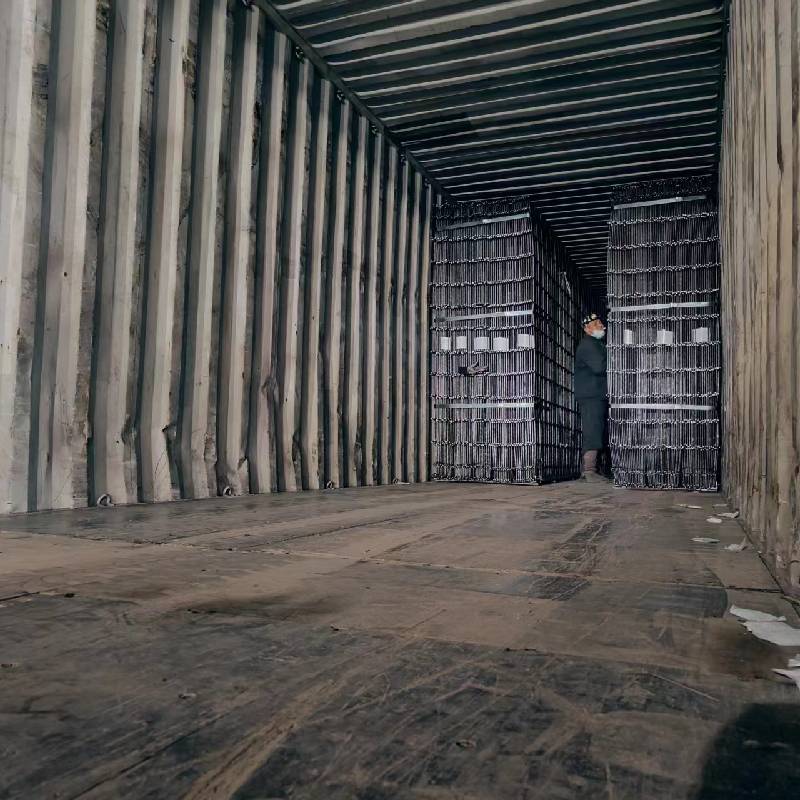
- Mobile Phone
- +8613931874955
- sales@cntcmetal.com
Factors Influencing the Cost of Welded Wire Mesh Production and Installation
Understanding the Cost of Welded Wire Mesh
Welded wire mesh is an essential material widely used in construction, agriculture, and various industrial applications. Its versatility, strength, and durability make it an ideal solution for many projects, which has led to a growing demand for this product globally. However, the cost of welded wire mesh can vary significantly based on a range of factors. This article will explore what influences the cost of welded wire mesh and provide insights into making informed purchasing decisions.
Composition and Production
The cost of welded wire mesh primarily originates from the materials used in its production. Typically, welded wire mesh is made from high-quality steel wires that are welded at their intersections to create a grid-like pattern. The quality of the steel is a significant determinant of cost; for instance, high-carbon steel may be more expensive but offers increased strength and longevity. Additionally, factors such as the diameter of the wire, the spacing between the wires, and the overall size of the mesh can also influence pricing. Thicker wires and closer spacing often lead to higher costs, reflecting the increased material usage and production complexity.
Market Dynamics
Market dynamics play a critical role in determining the cost of welded wire mesh. Demand and supply fluctuations, changes in raw material prices, and global economic conditions are all influential factors. For example, if steel prices surge due to international tariffs or increased demand from other sectors, the cost of welded wire mesh is likely to rise as well. Furthermore, seasonal demand shifts can also affect pricing. During peak construction seasons, manufacturers might increase prices due to heightened demand, whereas during off-peak seasons, prices may stabilize or even decrease.
Production Techniques and Quality
cost of welded wire mesh

The production techniques used in manufacturing welded wire mesh can also impact its cost. Automated processes often reduce labor costs and increase efficiency, potentially lowering the final price for consumers. However, the introduction of advanced technologies, such as computer-controlled welding machines, might lead to higher initial investments for manufacturers which can be passed on to customers. Additionally, variations in production quality can result in price differences. Meshes that undergo rigorous quality testing and comply with stringent industry standards typically cost more but guarantee reliability and durability.
Coatings and Treatments
Another factor affecting cost is the presence of protective coatings or treatments applied to welded wire mesh. For example, galvanized welded wire mesh, which has been coated with zinc to prevent corrosion, usually comes at a premium compared to plain steel mesh. While the initial cost may be higher, the long-term savings from decreased maintenance and replacement make it a wise investment for many applications. Similarly, plastic-coated or stainless steel meshes offer enhanced durability and resistance to environmental stress but often carry a higher price tag.
Customization and Special Features
Customization can significantly affect the cost of welded wire mesh. Many projects require specific mesh sizes, shapes, or additional features that are not available in standard products. Tailoring welded wire mesh to meet particular project requirements can increase production time and complexity, leading to higher costs. While customized options may be pricier, they can also ensure that the final product perfectly fits the intended application, reducing waste and improving overall efficiency.
Conclusion
When budgeting for welded wire mesh, it is crucial to consider the many factors that influence its cost, including materials, production techniques, market conditions, and special features. Understanding these elements helps consumers make informed decisions and select the most suitable options for their projects. While it may be tempting to opt for the cheapest option available, investing in quality welded wire mesh can yield significant long-term benefits, such as durability, sustainability, and reduced maintenance costs. As with any construction material, weighing the initial cost against the expected value is essential for achieving the best outcomes in your projects.
share:
-
The Ultimate Solution for Display Needs: Wire Grid PanelsNewsMay.06,2025
-
The Ultimate Guide to Galvanized Steel WireNewsMay.06,2025
-
Iron Binding Wire: The Ideal Solution for Your NeedsNewsMay.06,2025
-
Explore the Strength and Versatility of Galvanized Welded Wire FabricNewsMay.06,2025
-
Discover the Durability and Versatility of PVC Galvanized WireNewsMay.06,2025
-
Discover Quality China Stainless Steel Wire MeshNewsMay.06,2025
-
Understanding Wall Ties: Types and ImportanceNewsApr.28,2025



















